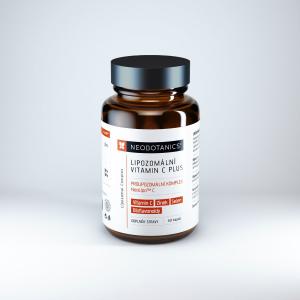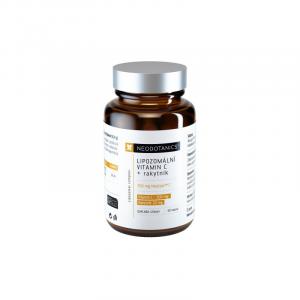
Green urine and other changes that should concern you

What Can the Color of Urine Tell Us?
We've all experienced that moment when we head to the bathroom and something surprises us. It might be a change in the color of urine, its cloudiness, or an unusual smell. While it may be tempting to ignore these changes, we should realize that urine can provide valuable insights into our health. Cloudy urine, turbid urine, or even green urine can be signals that our body needs attention.
Cloudy Urine as a First Warning.
Cloudy urine is often the first sign that something unusual is happening in our body. The cloudiness of urine is usually caused by the presence of substances that should not normally be in urine. This may involve increased amounts of proteins, blood cells, pus, or other compounds that change the appearance of urine.
One of the most common reasons for cloudy urine is urinary tract infections. These infections predominantly affect women but do not spare men either. The infection causes inflammation, leading to the presence of leukocytes and other cellular fragments in the urine. The result is urine that is not only cloudy but may also have an unusual smell. Urinary tract infections are often accompanied by other symptoms such as burning during urination or frequent urges to use the bathroom and should be treated as soon as possible.
Another reason for cloudy urine can be dehydration. When the body lacks sufficient water, urine becomes more concentrated, leading to cloudiness and a darker color. Dehydration can be caused not only by insufficient fluid intake but also by excessive sweating, diarrhea, or vomiting. If you notice that your urine is cloudy and dark, you should immediately increase your fluid intake.
Try our natural products
Cloudy urine can also indicate more serious conditions, such as kidney stones or liver disease. In such cases, it is essential to seek medical help to determine the correct diagnosis and initiate appropriate treatment.
Dark Urine as a Reflection of Your Habits.
The color of urine can change depending on what we eat, what medications we take, and the condition of our body. Dark urine is one of the most common signs of dehydration. When the body lacks fluids, the kidneys produce less urine, which is more concentrated and darker. The color of urine can then range from dark yellow to brown.
However, dark urine is not always just a sign of dehydration. If it persists even with adequate fluid intake, it may indicate more serious health problems. Dark urine can result from liver damage, where bilirubin, a yellow pigment produced during the breakdown of red blood cells, accumulates in the urine. Increased amounts of bilirubin in urine are often a symptom of liver diseases such as hepatitis or cirrhosis.
Other causes of dark urine can include hematuria (presence of blood in urine), which may be caused by infections, tumors, or trauma, or certain genetic disorders like hemoglobinuria, where hemoglobin appears in the urine.
Try our natural products
Even the consumption of certain foods can temporarily change the color of urine to darker shades. Typical examples are beets, rhubarb, or dark foods such as blueberries. Some medications, especially antibiotics or laxatives, can also cause dark urine.
What Does Green Urine Indicate?
Green urine is a phenomenon that can be very unsettling, but in many cases, it has an innocent explanation. Most commonly, green urine is caused by the consumption of foods or drinks that contain green dyes. Such dye can be excreted in urine, causing a temporary color change. This effect may occur, for example, after consuming foods containing artificial coloring, such as sodas or certain types of sweets.
However, green urine can also result from taking certain medications. For example, some sleeping pills, antidepressants, or medications containing methylene blue can cause a green tint in urine. If you are unaware of any dietary or medication changes that could cause green urine, it is advisable to consult this phenomenon with a doctor.
In some cases, green urine can be an indicator of a bacterial infection, especially if it is an infection caused by bacteria of the Pseudomonas genus. These bacteria can produce substances that change the color of urine. The infection is often accompanied by other symptoms such as an unpleasant urine odor, lower abdominal pain, or fever.
When to Seek Medical Help?
Changes in the color or consistency of urine should not be underestimated. While some may be caused by harmless factors such as dietary changes or medication use, others may indicate more serious health issues requiring professional care. Cloudy urine, turbid urine, dark urine, or green urine can be symptoms prompting you to consult a doctor.
A doctor can perform a simple urine test to detect the presence of unusual substances such as proteins, blood, bacteria, or increased bilirubin levels. Based on the results of these tests, the doctor can make a diagnosis and suggest appropriate treatment.
Health is our greatest wealth, and therefore we should not ignore the signals our body gives us. Monitor the color and consistency of your urine and do not hesitate to consult any unusual changes with an expert. Your body communicates with you, and it is important to listen.








